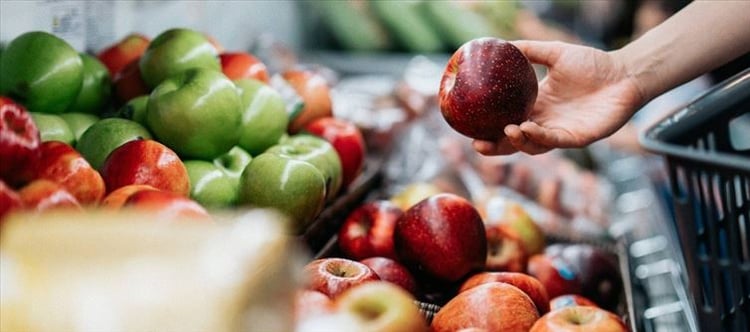
India’s food inflation slowdown to 6.02% in January, from 8.39% in December, is a positive development, as it comes in lower than the expected 6.7% forecast. However, the figures are still well above the RBI's target of 4%, which raises questions about the pace at which inflation is being tamed, especially given the central bank's role in controlling inflation through monetary policy.
Rural inflation’s fall to 4.64% from 5.76% is a welcomed sign of relief for those in rural areas, though it remains noticeably higher than urban inflation, which dropped to 3.87% from 4.58%. This disparity indicates that the cost of living in rural india continues to outpace that of urban centers, a troubling trend for the rural population's purchasing power.
The significant decline in vegetable inflation (from 26.56% to 11.35%) is one of the most striking aspects of the report, suggesting that supply chain corrections or favorable seasonal conditions have provided some relief. However, given the volatility of vegetable prices, it’s unclear if this trend will continue, and any resurgence in vegetable costs could quickly erode these gains.
Pulse inflation also moderating to 2.59% from 3.83% is good news for consumers, especially given pulses are a staple in many households. The RBI should keep monitoring these food categories carefully, as their contribution to overall inflation remains substantial.
Fuel and light inflation remaining negative at -1.38%, though slightly improving from -1.39%, signals that global fuel prices remain subdued or that domestic fuel price adjustments are stabilizing. However, fuel prices have historically been volatile, and any sharp rise could affect overall inflation metrics.
Housing inflation edging up to 2.76% from 2.71% is relatively modest but could signal some pressure in this category as the housing market stabilizes. On the other hand, clothing and footwear inflation eased marginally to 2.68%, which might reflect consumers' cautious spending amid uncertain economic conditions.
While the moderation in food and rural inflation is encouraging, the inflation rate still lies outside the RBI’s comfort zone. The RBI's continued challenge will be balancing the need for further rate hikes to cool inflation without hampering economic growth. The 4% inflation target with a margin of 2% (2-6%) set by the RBI means it has some room to maneuver, but the central bank must tread carefully to avoid destabilizing the economy.
In summary, although inflationary pressures have eased somewhat, the continued divergence between rural and urban inflation, alongside the persistence of food inflation, suggests that more targeted policy measures may be required to ensure broader, sustained relief across all sectors of the population.




 click and follow Indiaherald WhatsApp channel
click and follow Indiaherald WhatsApp channel